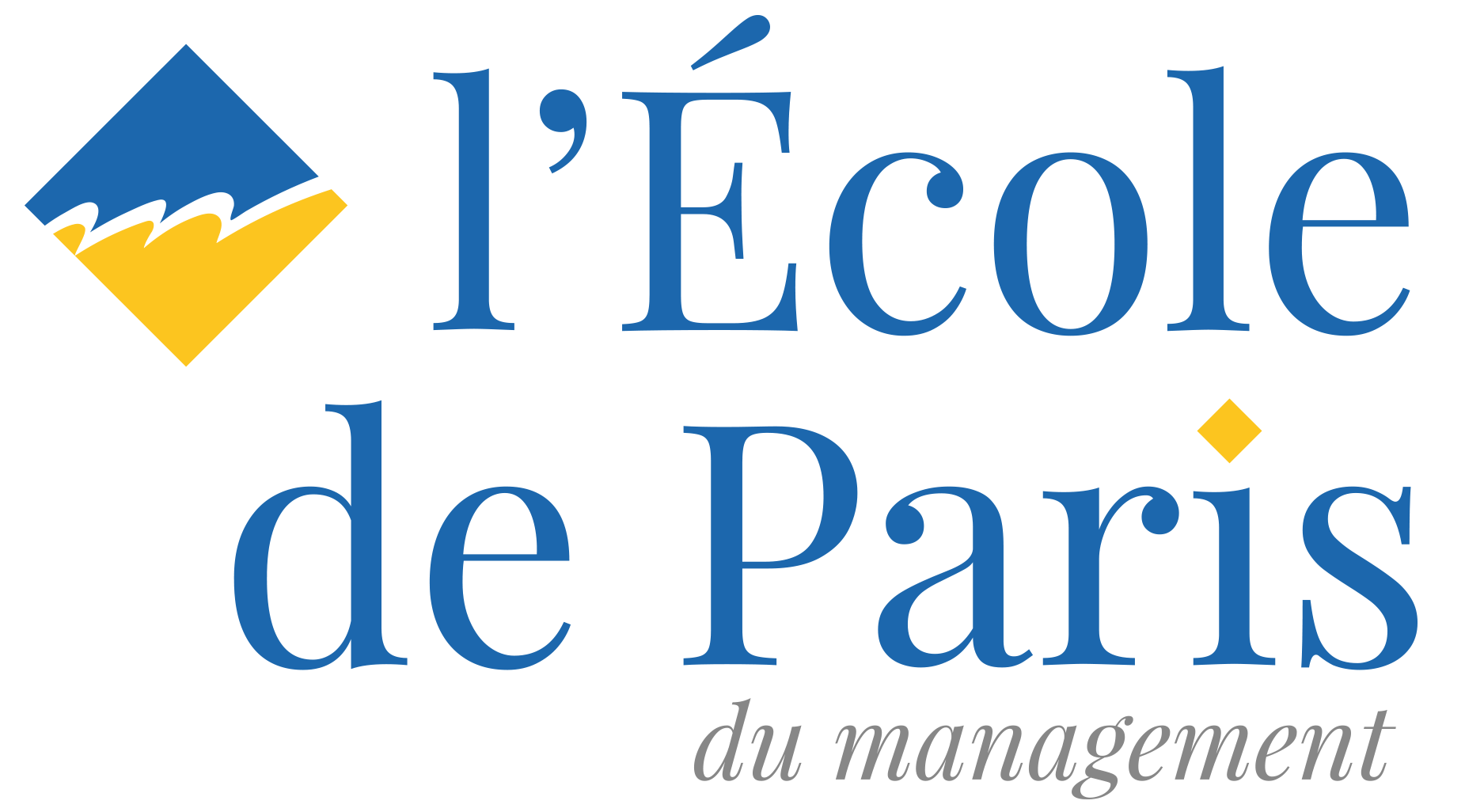Intercommunality : a reform in search of its objectives
Seminar Entrepreneurs, towns and regions | Wednesday March 31, 2004
After so many aborted reforms, the 1999 Chevènement Law signalled the surprising rebirth of intercommunality in France. Scarcely five years after its introduction, almost all the territorial network of the country is now part of this and the new structures, which have been equipped with greater capacities, seem anxious to have greater community integration. In their third-year dissertation as undergraduate engineering students at the Ecole des Mines, Max-André Delannoy and Jérôme Rieu demonstrate, however, that this success has certain important shortcomings. These include the lack of projects, the lack of identity of each community, the lack of logic of delineation of their areas, the drecrease in political control by towns, and the decline in local democracy, all of which endanger a reform which was carried out all too quickly. In the discussion which follows, the audience is not of the same opinion …
The entire article was written by:
Élisa RÉVAH


No comments yet